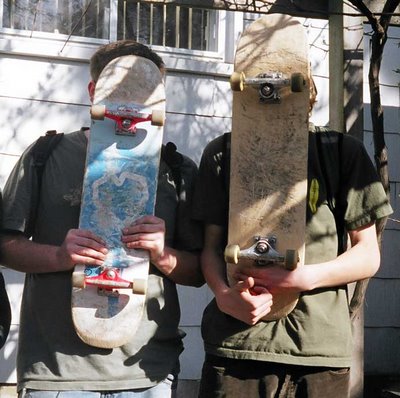The Loneliness of George Bush, 2006
Although at a certain level, I think the ‘Bushisms’ calendar is really petty and mean, I have to say that the Monday 29 May (Memorial Day) quotation was noteworthy:
Redefining the role of the United States from enablers to keep the peace to enablers to keep the peace from peacekeepers is going to be an assignment.
January 14, 2001
Five years later, it seems that he hasn’t been able to sort this out…

Photo Caption: The Loneliness of George Bush, 2006
Reading has taken that professional turn that it sometimes does. I’m scrambling to finish a paper and I’m reading some wonderful, wondrous texts of animal husbandry. I’m reading fast and highlighting often. I know more than I used to know about many things. A few examples:
the character of a Ploughman
the good effects of Industry
how highland workers are ‘like the swallows’
a proposed tax to punish farmers who fail to supply an adequate number of cottages for labourers
farmers as fathers
picturesque vs. positive beauty
I’ve also read an excerpt from Gilles Deleuze’s book on Francis Bacon and it’s helpful for me to think about his idea of the ‘head without a face’ which seems to encapsulate the situation of the domesticated farm animal (or at least that’s what I’m going to say). It also reminds me of the vegetarian mantra – “I don’t eat anything with a face”. Can the ‘head without a face’ be the meat-eaters justification? This is not Deleuze’s perspective. He’s interested in the intimacy of the head-meat relationship as it’s represented in Bacon’s work and the movement of head-to-meat in several paintings. He talks about the de-localizing force of meat, the meat of the mouth, the scream and the mouth as the hole through which the entire body escapes…








